Fairfax of Virginia
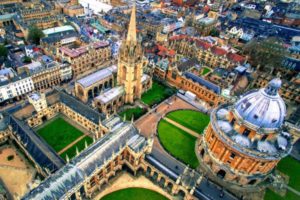 Lifetime Learning‘s UVA at Oxford Seminar will take place at Trinity College, University of Oxford from September 14-20, 2019. Andrew O’Shaughnessy and Jeanie Grant Moore will lead an in-depth exploration of “The Old World and the New: Britain and America.” Mr. O’Shaughnessy is a Professor of History in the Corcoran Department of History at the University of Virginia. He serves as Vice President of the Thomas Jefferson Foundation and Saunders Director of the Robert H. Smith International Center for Jefferson Studies at Monticello.
Lifetime Learning‘s UVA at Oxford Seminar will take place at Trinity College, University of Oxford from September 14-20, 2019. Andrew O’Shaughnessy and Jeanie Grant Moore will lead an in-depth exploration of “The Old World and the New: Britain and America.” Mr. O’Shaughnessy is a Professor of History in the Corcoran Department of History at the University of Virginia. He serves as Vice President of the Thomas Jefferson Foundation and Saunders Director of the Robert H. Smith International Center for Jefferson Studies at Monticello.
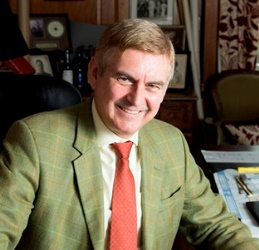 In the article below, Mr. O’Shaughnessy offers his thoughts on an Old World, New World book: Fairfax of Virginia: The Forgotten Story of America’s Only Peerage, 1690-1960 by Hugh Fairfax. A brief synopsis of Fairfax of Virginia is included at the end of this article.
In the article below, Mr. O’Shaughnessy offers his thoughts on an Old World, New World book: Fairfax of Virginia: The Forgotten Story of America’s Only Peerage, 1690-1960 by Hugh Fairfax. A brief synopsis of Fairfax of Virginia is included at the end of this article.
Fairfax of Virginia is a book that I have long wished to read concerning the only English family who belonged to the House of Lords to have settled permanently in Colonial America. There was no parallel for other members of the aristocracy to leave Britain for America. Lord Saye and Sele, the Puritan supporter of Parliament, was invited by John Winthrop to live in Massachusetts. He supposedly declined after asking whether he would be received according to his rank to which the reply was essentially that he would be treated according to his moral character and standing in the church. Thomas, 3rd Lord Fairfax, had been one of the most successful and famous Parliamentary commanders during the English Civil War.
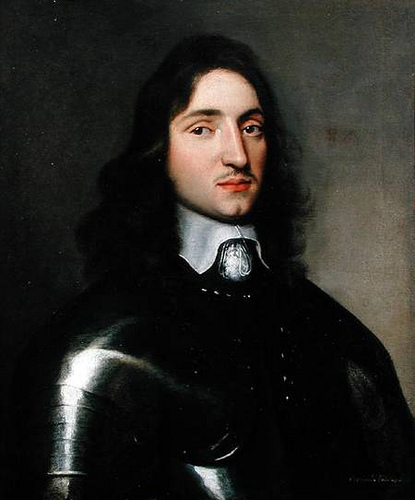
The story of the Fairfax family had long raised many questions in my mind which are answered in this engaging book which is written by a direct descendant and a delightful personality, Hugh Fairfax. Why would the senior member of one of the leading aristocratic families leave the gilded life and status that they might have enjoyed in England? What happened to the family and their lands during the American Revolution? What ultimately became of the family and where are they today? The answers were more unexpected than one might have anticipated making for a much more fascinating story. The family had once owned Leeds Castle which, with its famous moat that gives the impression of an island, is one of the most popularly featured attractions by the English Tourist Board. It was the site of one of the meetings for the Camp David Accords in 1978.
Although Thomas, the 6th Lord Fairfax, was predictably a Loyalist, he was able to remain in Virginia during the Revolutionary War thanks to his friendship with George Washington. On Thomas’ death, the title went to a cousin Bryan in America where the direct descendants remained until the early twentieth century when the author’s grandfather returned to England after the title had been dormant for over a hundred years and almost two centuries abroad.
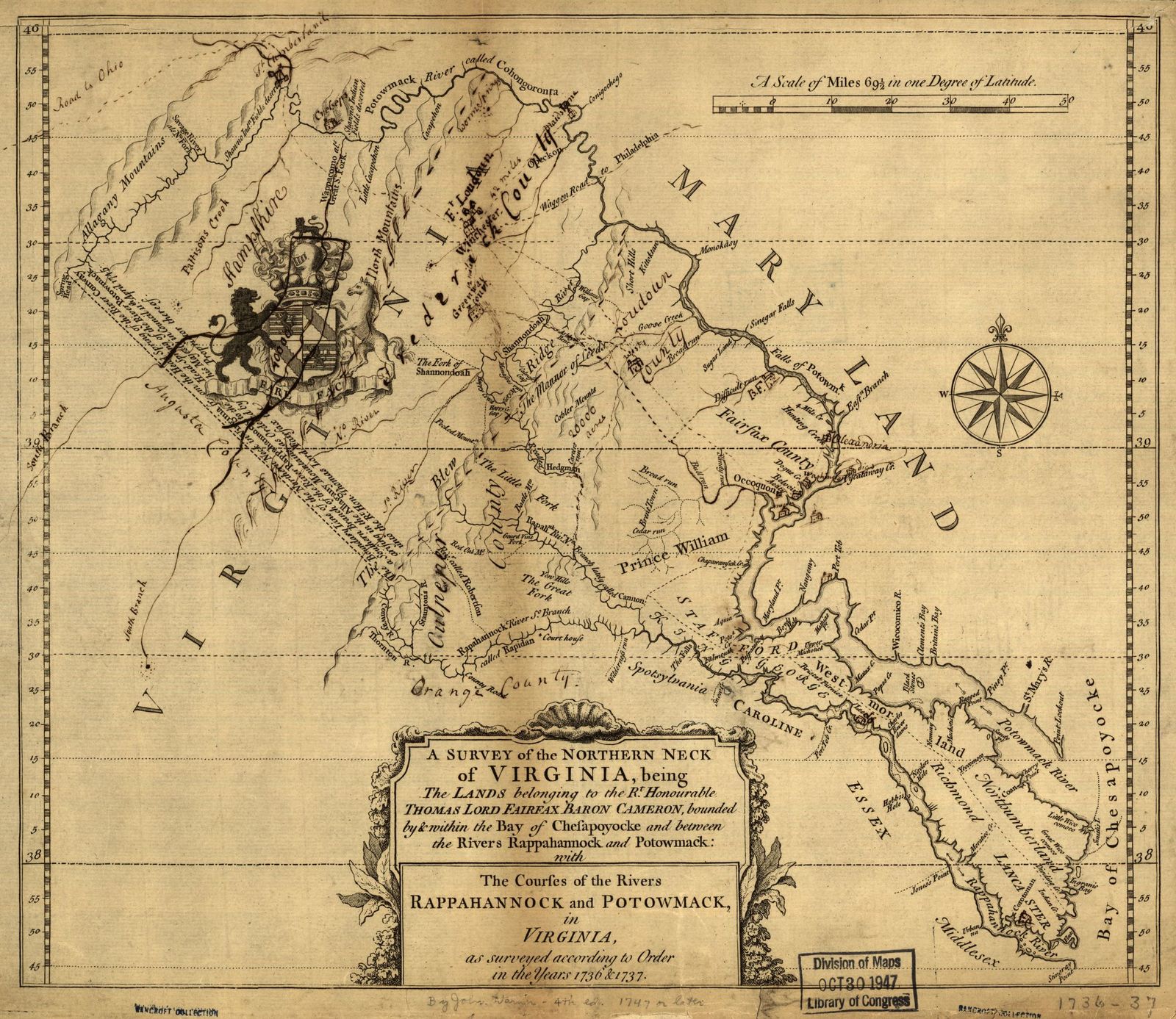
However, the significance of the Fairfax family was not merely due to the fact that they were aristocrats but that they played prominent roles throughout the history of the United States. Most famously, George Washington fell in love with Sally Fairfax while his half-brother Lawrence was married to Anne Fairfax. There is more than a suspicion that she was the love of his life since he continued writing to her up until his death when she was a Loyalist exile living in Bath, England. Fairfax family patronage played a major role in the early life and career of George Washington. He first entered politics and sat in the Virginia House of Burgesses as a representative of the constituency controlled by Lord Fairfax. He always insisted upon using the expression “my lord” to Bryan Fairfax, the then holder of the title in America, despite the ban on the use of aristocratic titles by the American Constitution. The Fairfax family had owned and developed much of the Northern Neck of Virginia which now includes the suburbs to the west of Washington, D.C. and of course Fairfax, Virginia. They owned more than five million acres with a square mileage greater than modern Wales. They played a prominent role in the gold rush and gave their name to the town of Fairfax in California. They fought in the Mexican War and were active on both sides of the U.S. Civil War. They suffered the economic depression of the post war years but revived their fortunes by a combination of hard work and a good marriage while reclaiming the title in England.
Fairfax benefits from the survival of rich sources for all the generations of the family which are well used to great benefit to tell a memorable and unique story. It documents a remarkable transatlantic saga but it also tells a story which resonates with the self-image of America. Although undoubtedly privileged in their origins, the most remarkable part of the story is how the family managed to reinvent themselves and to bounce back from the economic plight of the South following the Civil War.
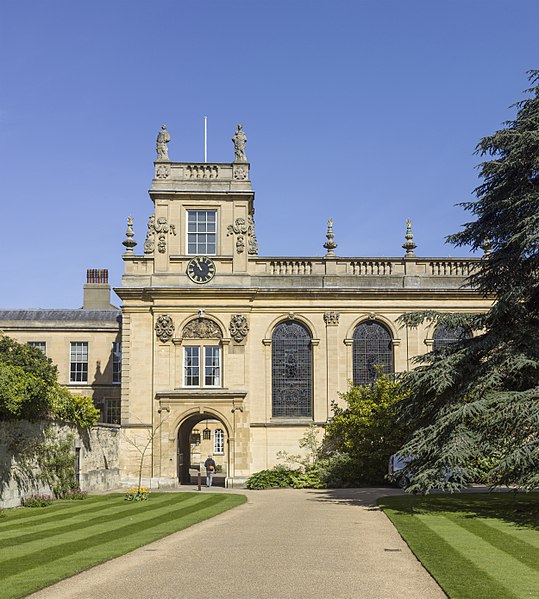
- Having a Drink With Your Donkey: The Absurd in Antiquity
- What Happens to UVA’s Recycling? A Behind the Scenes Look at Recycling, Composting, and Reuse on Grounds
- Finding Your Center: Using Values Clarification to Navigate Stress
- UVA Club of Atlanta: Virtual Pilates Class
- UVA Club of Fairfield/Westchester: Cavs Care - Food Pantry Donation Drive
- UVA Club of the Triangle: Hoo-liday Party